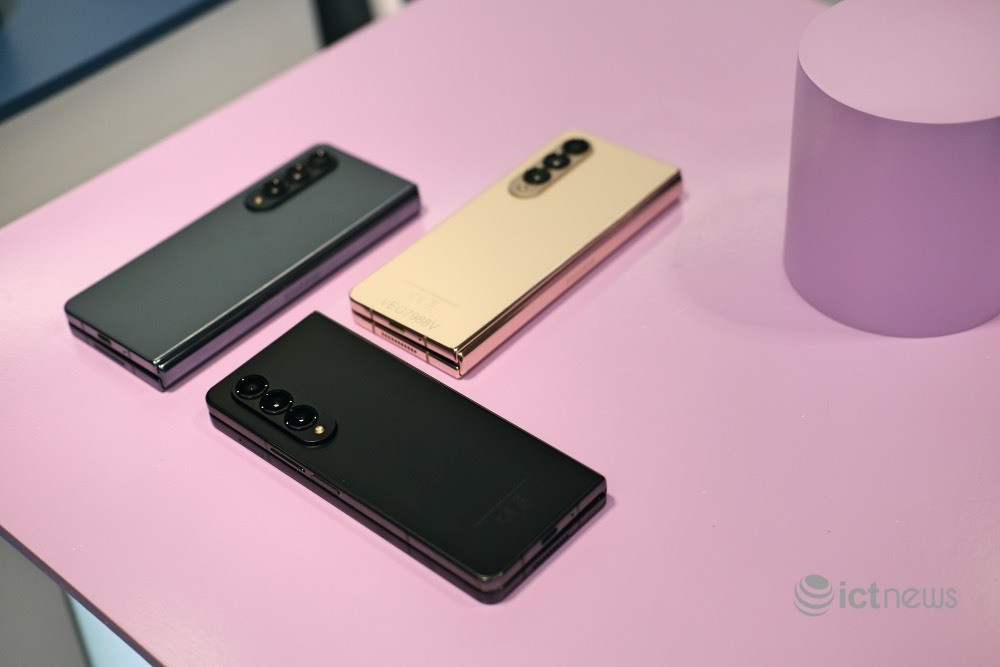
The smartphone output in Q3 2022 increased by 1.6 percent over the previous quarter, reaching 3.2 million products.
Sales in Q3 soared by 28.5 percent compared with the same period last year, as demand last year fell dramatically because of lockdown. However, the number of smartphones sold in Q3 2022 was still lower than in the same period in 2019, before the pandemic.
According to the General Statistics Office (GSO), Vietnam’s exports were lower than expected, down by 14.3 percent from August to September, which forced many factories to suspend operation.
“The risk from a possible recession in the US and EU caused by strong monetary policy tightening and supply interruptions because of the Russia-Ukraine war are putting pressure on Vietnam’s economy, which still needs help to recover after the pandemic,” said Vo Tam Thanh from IDC Vietnam.
“Consumers’ feelings have also been affected as goods prices are escalating,” he said.
Samsung stands at the No 1 position with 1.1 million smartphones sold, a decrease of 5.4 percent compared with the same period last year. Market share held by the manufacturer shrunk to 34 percent in Q3 2022, from 46.2 percent in Q3 2021.
However, its foldable models Z Fold4 and Z Flip4 have seen a triple growth rate. The manufacturer also is opening more stores specializing in Samsung products in many cities and provinces.
Oppo has the second position, with 21.6 percent of market share. Reno8, Reno8 Pro and Reno8 Z, with a focus on customers’ experience and upgraded cameras, have seen sales increase compared with the Reno7 series.
Meanwhile, Xiaomi had a 16 percent growth rate over the previous quarter and 64.1 percent over the same period last year, and now holds 14.9 percent of market share.
The manufacturer is increasing sales by launching low-cost smartphone models, such as Redmi A1, priced below $100, and putting Poco C40 in the lower-end segment and reducing the selling price of Redmi Note 11.
The number of Apple products sold fell by 11.9 percent compared with the previous quarter, but increased by 173 percent compared with the same period last year.
The sales decrease was attributed to retailers trying to boost sales of old-generation models to prepare for iPhone 14, marketed in October.
Vivo is in the fifth position with a growth rate of 9.9 percent, higher than the 4.3 percent of the previous quarter.
Trong Dat